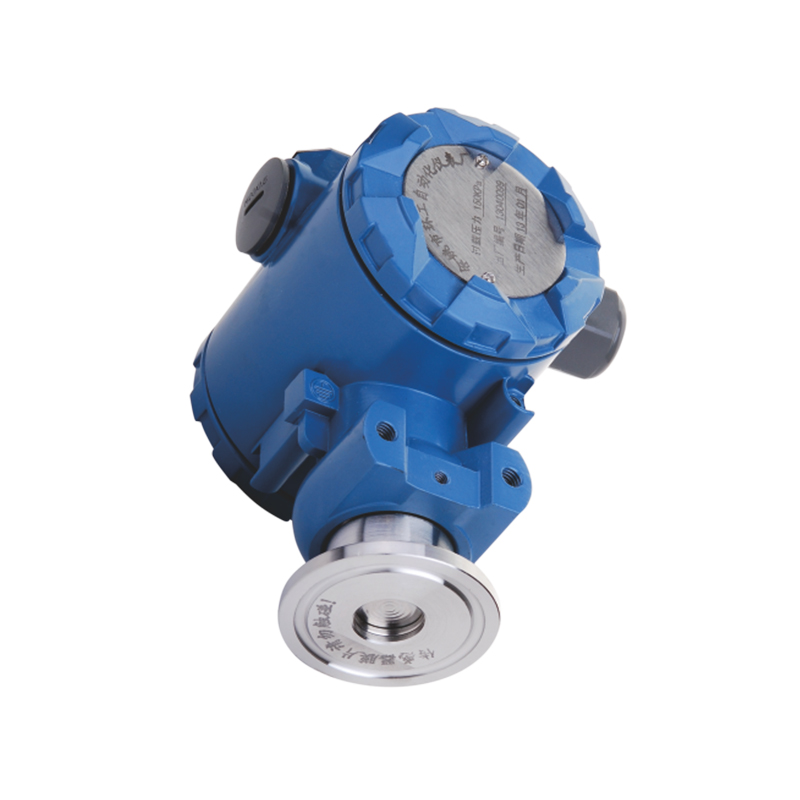Pressure transmitters are engineered to deliver precise readings within a defined operational temperature range. This range is dictated by the design limitations of the sensing element and associated electronics. When the ambient or process temperature strays outside this specified range, the transmitter’s accuracy may degrade. For example, at elevated temperatures, thermal agitation can alter the resistance of strain gauges in piezoresistive sensors, leading to inaccuracies. Similarly, at lower temperatures, the viscosity of fluid-filled sensors may increase, affecting the response time and linearity of the pressure measurements. Therefore, the accuracy of pressure readings is intrinsically linked to the operating temperature, necessitating careful consideration when selecting a transmitter for temperature-varying environments.
Materials used in pressure transmitters, such as metals and ceramics, are subject to thermal expansion and contraction. This phenomenon occurs because the lattice structures of materials expand with heat and contract when cooled. For instance, if the sensing diaphragm or the housing material of a transmitter expands due to high temperatures, it can induce mechanical stress or deformation, altering the sensor's pressure response. On the other hand, contraction at lower temperatures may cause gaps or misalignments, which can lead to leakage or mechanical failure. These physical changes are critical in applications where the transmitter is exposed to frequent or extreme temperature variations, as they can lead to long-term drift or sudden failure.
Drift refers to the gradual deviation of the transmitter’s output from the true pressure value over time, which can be exacerbated by temperature changes. Temperature-induced drift occurs because the electronic components, such as resistors, capacitors, and transistors, have temperature coefficients that affect their performance. For example, an increase in temperature might cause the resistance in a Wheatstone bridge circuit (commonly used in pressure sensors) to change, leading to a shift in the baseline (zero point) or span (sensitivity). This drift affects the stability of the transmitter’s output, making it crucial to monitor and correct for temperature-induced drift, especially in precision-critical applications.
Modern pressure transmitters are often equipped with temperature compensation mechanisms designed to counteract the effects of temperature on measurement accuracy. These mechanisms typically involve software algorithms that adjust the output based on temperature readings from an integrated sensor. The compensation process takes into account the known temperature coefficients of the sensing elements and electronics to correct the output signal. However, the effectiveness of these mechanisms is limited by the accuracy of the temperature measurement and the range over which compensation is effective. In applications with extreme temperature fluctuations, the compensation might only partially mitigate the errors, leading to residual inaccuracies. Therefore, understanding the limitations of these compensation techniques is crucial when deploying pressure transmitters in thermally dynamic environments.


































































 English
English русский
русский














